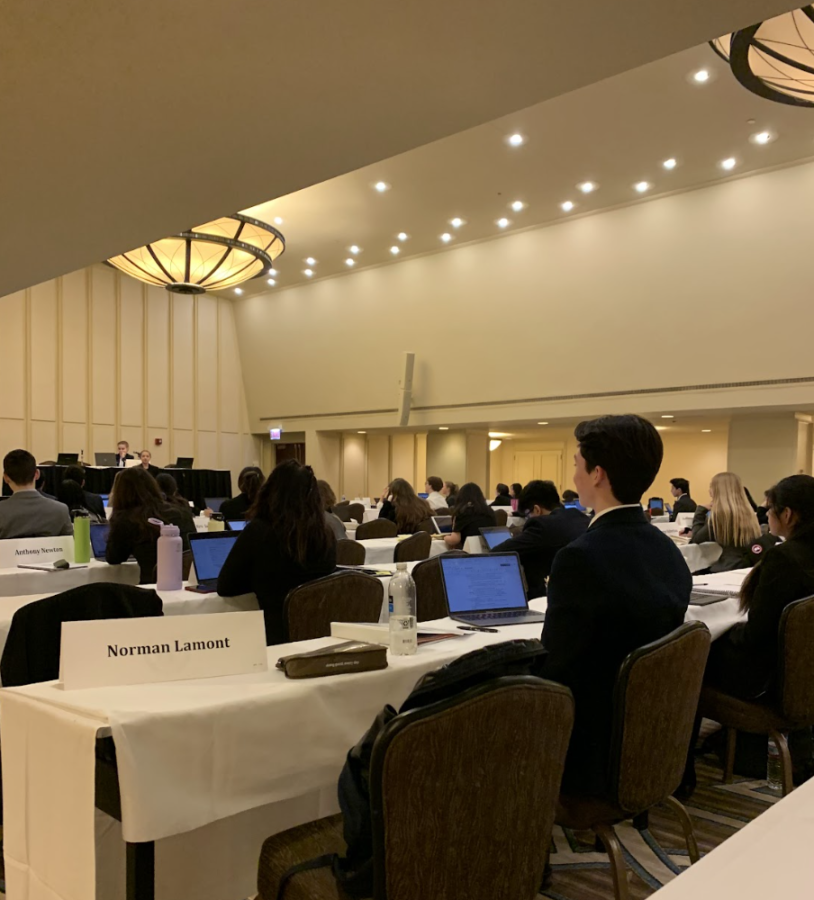“School is a really busy and chaotic place,” explains Zoe Goodwin ‘24, which is why she, along with many other students, appreciate brain breaks. “They’re a really good time to just take a deep breath… and be able to calm yourself,” Goodwin says.
Though Goodwin bases her love of brain breaks on the zen they provide, Jen Vance, ninth grade dean and science teacher, expresses that her appreciation for brain breaks comes from their educational benefits. “Typically, the attention span for most people on something is about 20 minutes,” says Vance, “By taking a break, it indicates to your brain that that information belongs together.” In agreement, is math teacher Maggie Molter.
In most of her classes, Molter aims to provide at least one five minute break. Molter finds that breaks provide a better focus for the remaining time in class. She explains that she started providing breaks during the 80-minute blocks but “once I realized that [breaks are] helpful for me I thought the students need them too.”
During her unstructured breaks, Goodwin will usually “talk with a friend, go to the bathroom, get water, or talk to the teacher.” Similarly, Emma Sargent ‘25 enjoys walking the halls for a few minutes to “decompress.”
Molter encourages this use of unstructured breaks without technology claiming that “students who are moving and are talking with each other [get more out of] their breaks.”
However, Vance typically provides shorter, more structured breaks. Despite this different style of brain break, where students participate in group activities such as stretching or turning in assignments, she still hears from students that “it’s just helpful to catch your breath.”
















